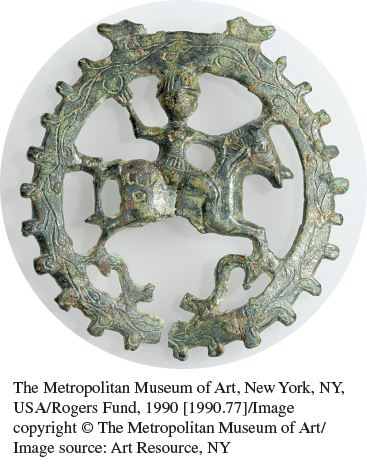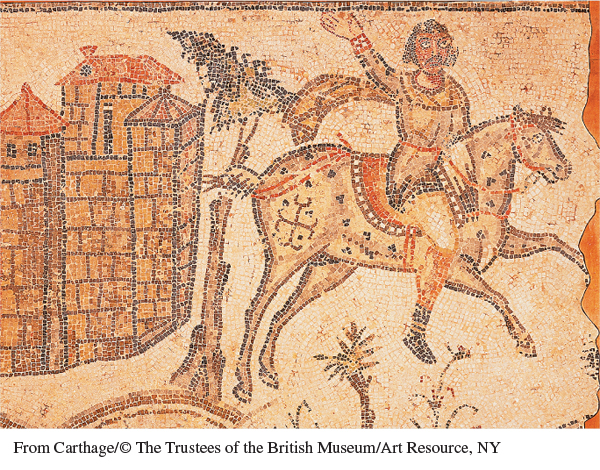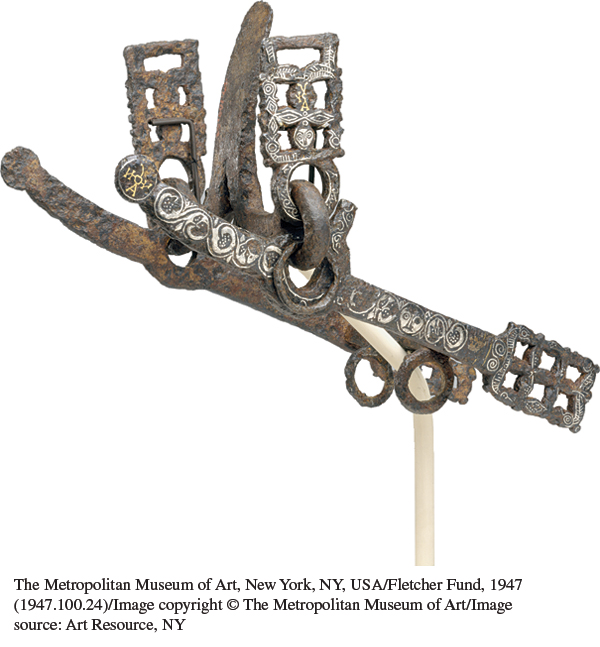Living in the Past: The Horses of Spain
206
The Horses of Spain

H orses were first domesticated around 4000 B.C.E. in Central Asia, probably initially for their meat, but soon afterward for transportation and warfare. By 2000 B.C.E. warriors’ graves in what is now southern Russia contained full-
All of these uses of the horse came together in the Iberian Peninsula, an area the Romans termed Hispania: the Romans raised horses there, and the Vandals and Suevi (two Germanic tribes) and the Alans (a Central Asian steppe people) conquered the area with horses in the fifth century. Later in that century the Visigoths (another Germanic tribe) took over much of the peninsula in campaigns where their skill with horses proved a decisive factor. This would be true for the next conquest of Spain as well, in the eighth century by Muslims, whose Arabian horses — bred for endurance, speed, and intelligence — had allowed them to sweep swiftly across North Africa.
Horses were a weapon of war, but they were also a place to display artistic skill and cultural values. Metal ornaments for horse harnesses are among the relatively few Visigothic artifacts that have survived, providing a glimpse of an early version of the horse culture that Spanish conquerors brought to the New World in the sixteenth century and that still remains important in Spain.


QUESTIONS FOR ANALYSIS
- Looking at the photograph of the bit, how do you think the use of horses might have served as a stimulus to the development and improvement of metal technology?
- What do the decorations on the horse harness pendant and bit shown here suggest about Visigothic values and technical abilities?
- Thinking more speculatively, would you expect the use of horses in war to enhance or diminish social and political hierarchies?